 ‘Tis the season for family get-togethers, Christmas trees, stocking stuffers, and…car seats?
‘Tis the season for family get-togethers, Christmas trees, stocking stuffers, and…car seats?
If you’re thinking of ideas for holiday and Christmas gift-giving, you might want to consider a car seat. Car safety isn’t likely to be on many people’s minds as the holidays approach, but considering that car accidents are the number one killers of children between 1 and 13, it’s worth doing everything we can to keep not only our children, but the children of our dear friends and extended family members safe. That means being open to buying new car seats, and it means being aware of the mistakes we make too often with our car seat installations, especially with the miles so many families will put on their vehicles in the next few weeks.
The holidays should be a time of joy and celebration, and not loss, but dozens of families around the country will sadly lose children in the coming weeks due to preventable and tragic car accidents, such as this accident that took the life of an infant while her family drove home from a Christmas party on Christmas day. Her father reportedly fell asleep at the wheel and crossed the center line. However, every occupant in both vehicles survived, except for the 13-month old baby. If there’s anything we can do to reduce the likelihood of our children being injured or worse this Christmas, we should do it, and do it gladly.
Here is a list of my 4 favorite car seats right now, carefully handpicked by my assessment of the degree to which they’re likely to be installed correctly, fit a range of children well, and enable rear-facing, forward-facing, or boostering, depending on the design of the seat. Each car seat makes an excellent holiday gift that will keep on giving the gift of safety in cars for years to come. I selected my favorite convertible, infant seat, combination seat, and booster. In order to learn why these kinds of seats are important, be sure to read my guides to extended rear-facing, extended harnessing, and boostering.
Ho ho ho! Let’s see what Santa suggests stocking under the tree this Christmas…
 Best Convertible Seat: Clek Fllo – Review Here, Buy Here.
Best Convertible Seat: Clek Fllo – Review Here, Buy Here.
The Clek Fllo is simply the best car seat money can buy right now, even though it’s not nearly the most expensive. What makes it the best? It’s one of only four seats that allows you to rear-face your child until 50 pounds, and you can’t get any better than that today in the United States. It’s been extensively tested for side-impact protection by Clek, and it’s the car seat I turn to on a daily basis to keep my kids safe.
Why else is the Fllo the most awesome convertible car seat? It also comes with a variety of additional safety features designed by Clek to limit rotational forces in the event of a collision, and has the distinction of being the narrowest convertible on the market that allows for extended rear-facing (along with its older sibling the Foonf, of course). At 17 inches in width, you can install it 3 across in virtually every car sold in the United States. If it’s out of budget, look to the Head Wise 70, which is by far the best value car seat for rear-facing on the market today, as well as another seat I have installed in family vehicles.
 Best Infant Seat: Chicco KeyFit 30 – Review Here, Buy Here.
Best Infant Seat: Chicco KeyFit 30 – Review Here, Buy Here.
There’s a reason why the Chicco KeyFit 30 is the single best-selling infant car seat today in the United States: it keeps kids safe and it does so on a small budget. It’s also about the easiest to install infant car seat on the planet, and considering how often parents incorrectly install infant seats, anything that makes it easier to do so correctly should be considered.
Are there infant seats that give you higher weight limits, potentially allowing you to rear-face longer than you would with the KeyFit 30? Sure – for example, there’s the UPPAbaby MESA and Peg Perego Primo Viaggio 4-35. However, if you’re looking for a quick and easily-installable infant car seat on a budget, it’s hard to do better than the KeyFit 30. If you do have more cash to spend, definitely look into the MESA and Primo Viaggio 4-35. And remember that whichever infant seat you choose, you’ll still want to choose a convertible seat as your next seat, since seats like the Fllo, Foonf, Rainier, or Pacifica will give you much more rear-facing time than you’ll get from any infant seat.
 Best Combination Seat: Britax Frontier 90 – Review Here, Buy Here.
Best Combination Seat: Britax Frontier 90 – Review Here, Buy Here.
It’s no secret that I’m a fan of the Britax combination twins, the Frontier 90 and Pinnacle 90. I consider the Frontier 90 to be the best combination, or front-facing harnessed and booster seat, on the market today in the United States. It allows you to harness until 90 pounds, which no other combination seat does besides the Pinnacle 90, and it also has the highest top harness slot on the market, along with the Pinnacle 90.
What does this mean? It means your children are actually likely to make it to the 90 pound weight limit. And then from there you remove the harness and start boostering, because it’s also an awesome booster seat. If you’ve got a slightly larger budget, you’ll want to look into the Pinnacle 90, which offers the same height and weight limits but adds valuable side impact protection. Either way, you can’t lose; these are the two best harnessed seats on the market, bar none.
 Best Booster Seat: Britax Pinnacle 90 – Review Here, Buy Here.
Best Booster Seat: Britax Pinnacle 90 – Review Here, Buy Here.
Last, but not least, if you’re looking for a good booster seat, you can’t do any better than the Pinnacle 90. It offers the same top seat belt shoulder height limit as that of the Frontier 90, which at 23″ is the tallest seated shoulder height available on the market. Combined with the 120 pound weight limit, this means that children will actually be able to use the Pinnacle 90 (or Frontier 90) until they pass the 5-step test between ages 10-12 and are ready for the adult seat belt.
This can literally be the last car seat your child ever needs, which I love. The advantages of the Pinnacle 90 over the Frontier 90 are that it comes with additional side impact protection that simply isn’t present in the Frontier 90. If you’re on a smaller budget, however, the Frontier 90 will allow you to booster to exactly the same weight and height limits, so you can’t lose either way.
Concluding Santa Thoughts
This year, Santa will undoubtedly bring lots of flashy gadgets to children all over the United States, including a lot of electronic gizmos like the Xbox One, Nintendo Wii, Sony Playstation 4, Kindle Fire, and so on. Are they neat? Oh yeah! However, none of these devices will do more for your kids’ development than a car seat that keeps them safe enough to have the rest of these experiences. This holiday season, make a long-lasting investment in your children and the children of your friends and extended family. A good car seat can make all the difference in the world.
If you find the information on car safety, recommended car seats, and car seat reviews on this car seat blog helpful, you can shop through this Amazon link for any purchases, car seat-related or not. Canadians can shop through this link for Canadian purchases.



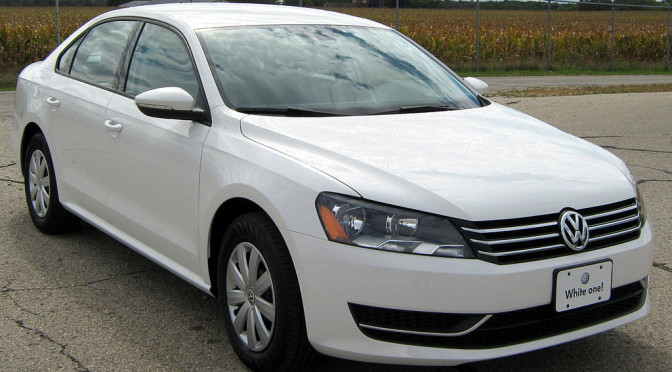
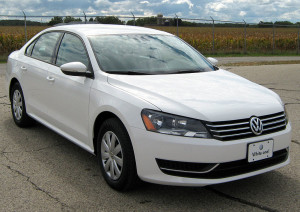 2011, 2012, 2013, 2014, 2015, 2016, 2017 Volkswagen Passat (B7)
2011, 2012, 2013, 2014, 2015, 2016, 2017 Volkswagen Passat (B7)
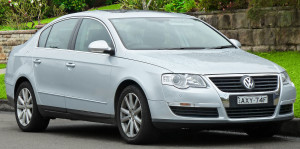 2006, 2007, 2008, 2009, 2010 Volkswagen Passat (B6)
2006, 2007, 2008, 2009, 2010 Volkswagen Passat (B6)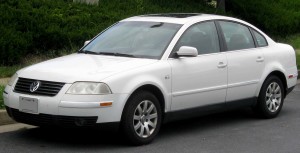 1998, 1999, 2000, 2001, 2002, 2003, 2004, 2005 Volkswagen Passat (B5)
1998, 1999, 2000, 2001, 2002, 2003, 2004, 2005 Volkswagen Passat (B5)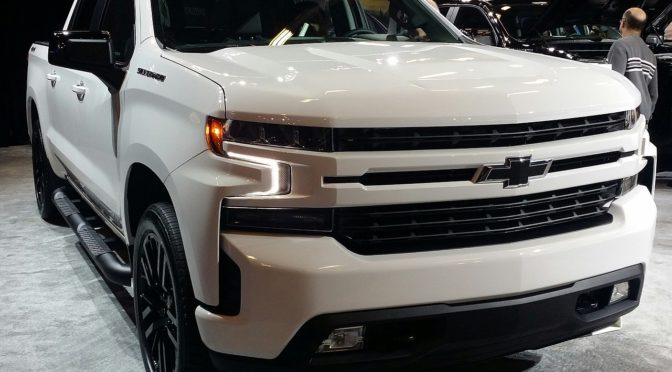
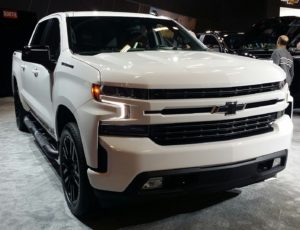 2019, 2020 Chevrolet Silverado (GMT T1XX)
2019, 2020 Chevrolet Silverado (GMT T1XX)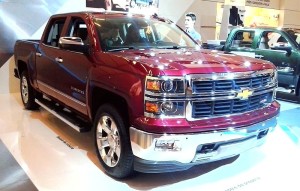 2007, 2008, 2009, 2010, 2011, 2012, 2013, 2014, 2015, 2016, 2017, 2018 Chevrolet Silverado (GMT K2XX, GM GMT901)
2007, 2008, 2009, 2010, 2011, 2012, 2013, 2014, 2015, 2016, 2017, 2018 Chevrolet Silverado (GMT K2XX, GM GMT901)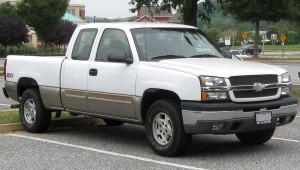 1999, 2000, 2001, 2002, 2003, 2004, 2005, 2006 Chevrolet Silverado
1999, 2000, 2001, 2002, 2003, 2004, 2005, 2006 Chevrolet Silverado  If you find my information on best practices in car and car seat safety helpful, you can
If you find my information on best practices in car and car seat safety helpful, you can 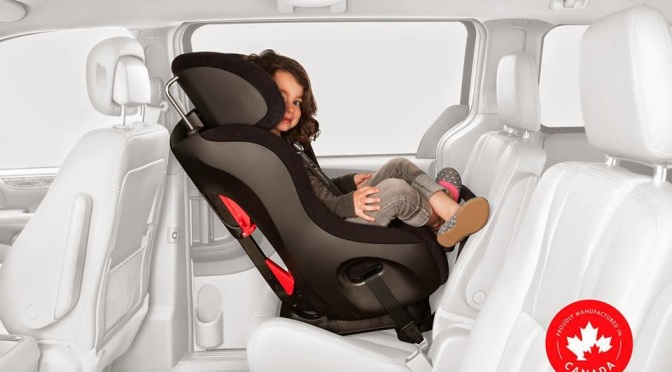
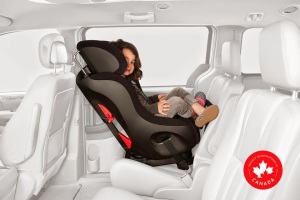
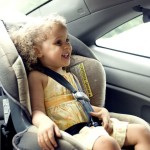 Another incredibly common mistake parents make when it comes to car seat installation is leaving too much slack in the child’s harness after buckling him or her into the seat. This is another one of those errors that I see every day with children in car seats, as if you don’t know how tight the harness is really supposed to be, there’s no reason for you to make it that tight, especially if, like most parents, you’re used to having a bit of slack in your adult seat belt if you move back and forth in your seat while driving or while sitting as a passenger.
Another incredibly common mistake parents make when it comes to car seat installation is leaving too much slack in the child’s harness after buckling him or her into the seat. This is another one of those errors that I see every day with children in car seats, as if you don’t know how tight the harness is really supposed to be, there’s no reason for you to make it that tight, especially if, like most parents, you’re used to having a bit of slack in your adult seat belt if you move back and forth in your seat while driving or while sitting as a passenger.
 Who:
Who: